Some foods have a bad reputation for good reason, but others just get cooked wrong. People end up avoiding them because they’ve only tried the bad versions. But there’s usually a simple way to fix them.
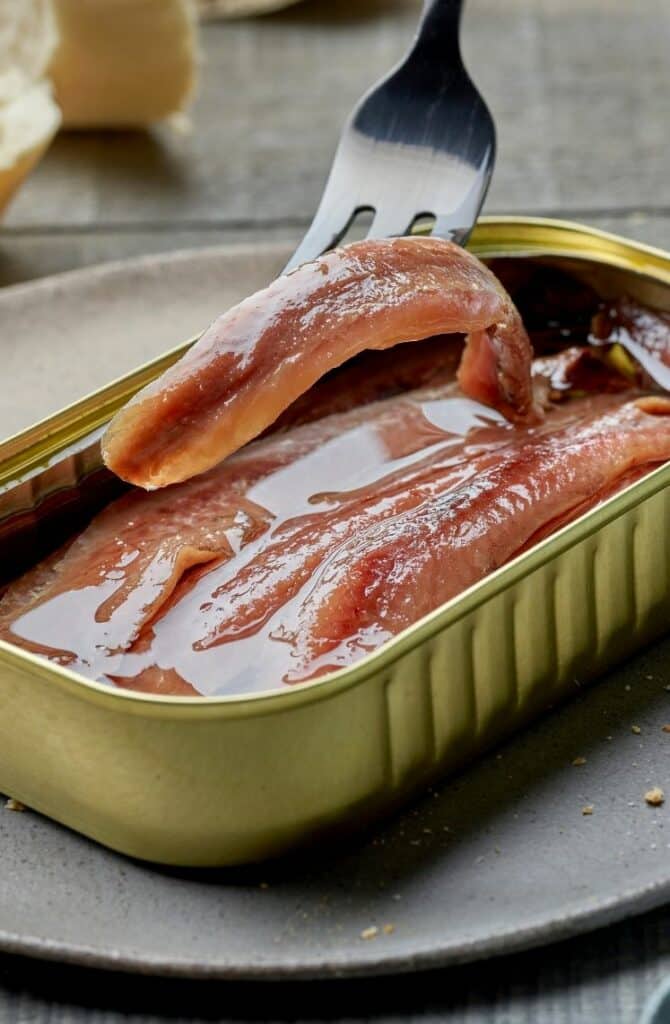
It’s not about forcing yourself to like something. Usually, if you dislike a food, it just means you’ve only had it prepared badly. Cooking it differently, pairing it with ingredients you actually enjoy, or trying a better recipe can completely change your mind. It doesn’t have to be complicated, either. Small changes like roasting instead of boiling, slicing foods thinner, or adding brighter flavors can make a big difference.
Here’s how to make these foods taste good without overthinking it.
1. Fruitcake

Fruitcake usually gets ignored — or even joked about — because it’s dense, dry, and tastes overly sweet. And the fruit inside? Most people immediately picture bright-colored chunks that don’t taste real. That’s exactly why people assume they hate it. But fruitcake doesn’t have to be like that. The key is choosing ingredients you’d actually want to eat.
Instead of using those neon-colored candied fruits, go for dried fruits you actually enjoy. Dried cherries, apricots, cranberries, raisins, or even figs are great options. Soak them in rum, brandy, or even bourbon before adding them to the batter. This makes them plump, juicy, and less sugary-sweet. Plus, the alcohol adds flavor and helps keep the cake from drying out.
Fruitcake dries out easily because of its long baking time, so keeping moisture is important. Wrap the finished cake in cheesecloth soaked with a little extra brandy or rum. Store it wrapped tightly to stay fresh. Also, don’t overload the batter with fruit; the right balance keeps the cake soft rather than crumbly.
If fruitcake always seemed boring or too sweet, using dried fruit soaked in alcohol, keeping the cake moist, and skipping artificial ingredients completely changes things. Done right, it turns fruitcake into something you’ll actually look forward to eating — not just something that sits on the holiday table.
2. Pickled Herring
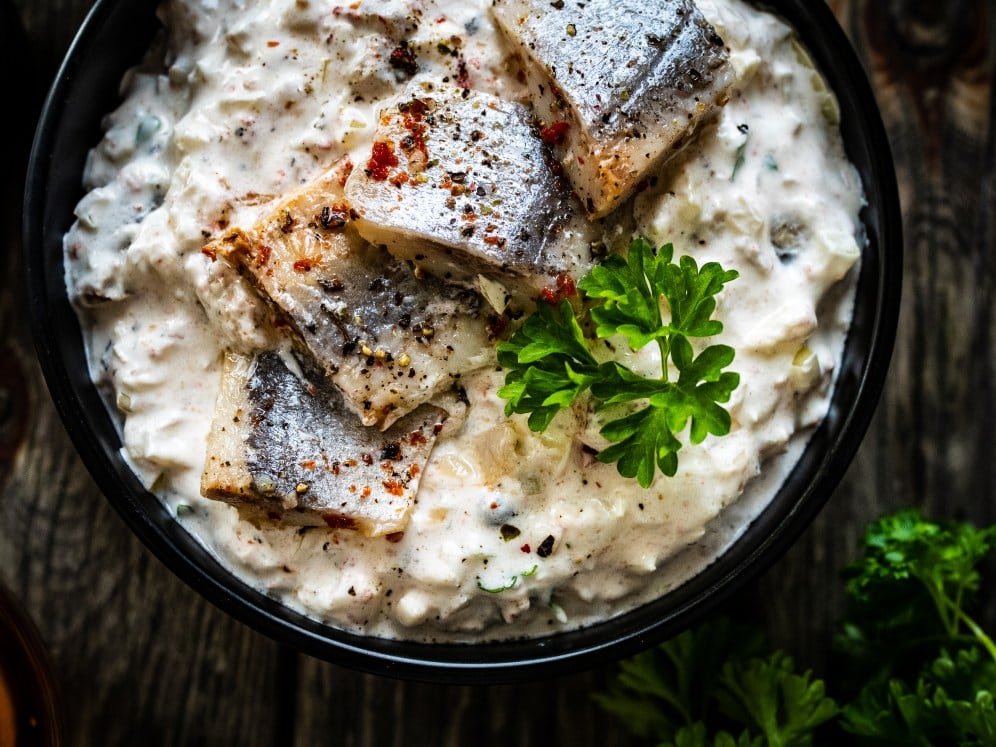
Pickled herring often gets skipped over because the vinegar flavor can be pretty intense and sharp. But the issue isn’t really the fish; it’s how it’s served. Pickled herring straight from the jar can feel overwhelming and too tangy. The key to making it taste good is balancing out that strong vinegar bite.
Creamy ingredients like sour cream or crème fraîche help smooth things out. Mix pickled herring into sour cream with chopped dill, chives, or even thinly sliced onions. The creaminess mellows the vinegar and makes it easier to enjoy. Potatoes also help — they naturally absorb and tone down strong flavors. Serving pickled herring alongside boiled or roasted potatoes works perfectly.
Another simple approach is pairing it with rye bread or crackers. Rye has a slightly earthy flavor, which contrasts the herring’s vinegar. Spread a little sour cream or cream cheese onto rye crackers or thin bread, then top with small pieces of herring.
Pickled herring isn’t meant to be eaten alone right from the jar. Combining it with creamy textures and milder ingredients turns something sharp and strong into something easy to eat. If you’ve always avoided pickled herring because of the intense vinegar taste, balancing flavors this way can change your mind.
3. Anchovies
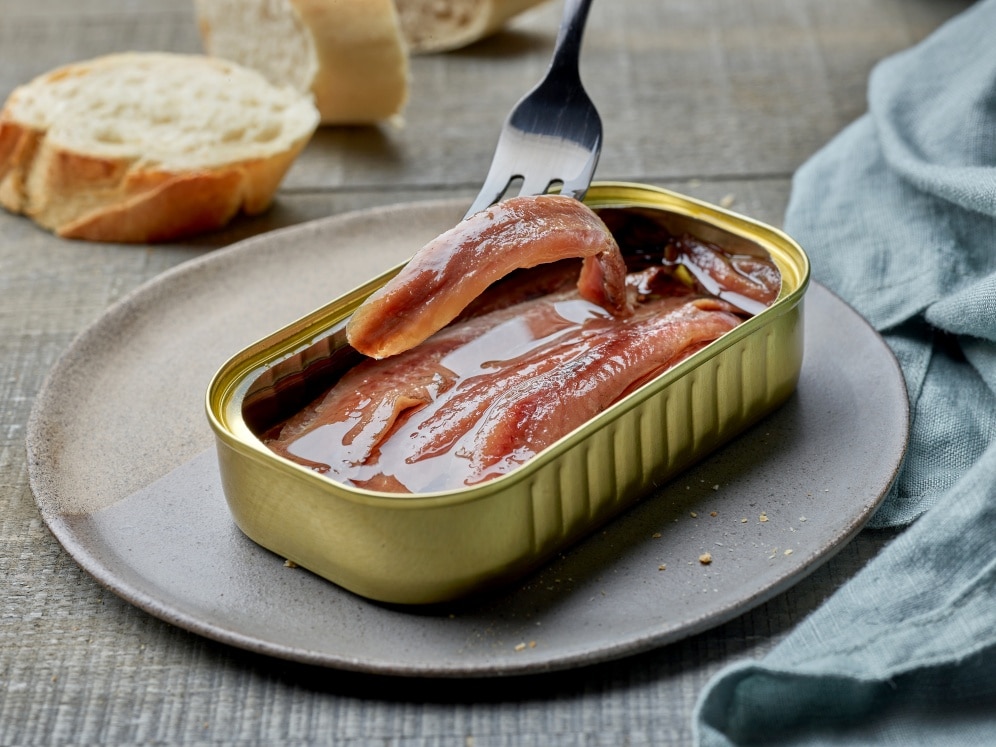
Anchovies are one of those foods people usually avoid because they’re salty and fishy. But the main reason anchovies have a bad reputation is how they’re used — often piled on pizza or salads where their strong flavor dominates. The secret to anchovies is using only a small amount, treating them as a hidden ingredient rather than the focus.
When cooked slowly, anchovies melt completely, adding a salty, savory flavor without any obvious fish taste. Pasta sauces are a perfect place to start. Next time you’re making tomato sauce, chop up one or two anchovy fillets and sauté them with garlic. They’ll dissolve completely, leaving behind a richer sauce without a fishy flavor.
Salad dressing, especially Caesar dressing, is another great way to use anchovies. Mash one or two fillets into a paste and whisk together with olive oil, garlic, lemon juice, Parmesan cheese, and mayo or egg yolk. You won’t taste fish — just tangy, salty flavor.
Anchovies can also improve simple sides. Green beans sautéed briefly with garlic and chopped anchovies become more flavorful. Potatoes tossed in melted butter and anchovy taste richer, and even grilled steak benefits from butter blended with a tiny bit of anchovy.
Anchovies aren’t meant to be eaten straight from the tin. If you’ve been avoiding them because you only know their overpowering flavor, try again, but this time differently. Used sparingly and cooked into sauces or dressings, anchovies quietly boost flavor without overwhelming your dish.
4. Spam

Spam gets a bad rap mainly because people aren’t really sure what’s in it or assume it’s way too salty. But Spam isn’t meant to be eaten right out of the can. The secret to making Spam taste good is slicing it thin and frying it until it gets crispy. Cooking it this way mellows the saltiness and adds texture, changing Spam from soft and salty to crispy and flavorful.
Pairing crispy Spam with neutral foods helps balance out the flavor. Rice, eggs, or sautéed vegetables all work perfectly. Spam fried rice is an easy and approachable way to try it: cook diced Spam until golden, then mix in cooked rice, peas, carrots, garlic, and a bit of soy sauce. Another easy dish is Spam and eggs: crispy slices served alongside scrambled eggs makes a quick breakfast or dinner. Stir-frying Spam with bell peppers, broccoli, or onions also balances flavors and textures.
Spam tastes best when it’s crispy and combined with simple ingredients. If you’ve avoided it because of uncertainty or saltiness, preparing it this way makes a huge difference.
5. Sardines
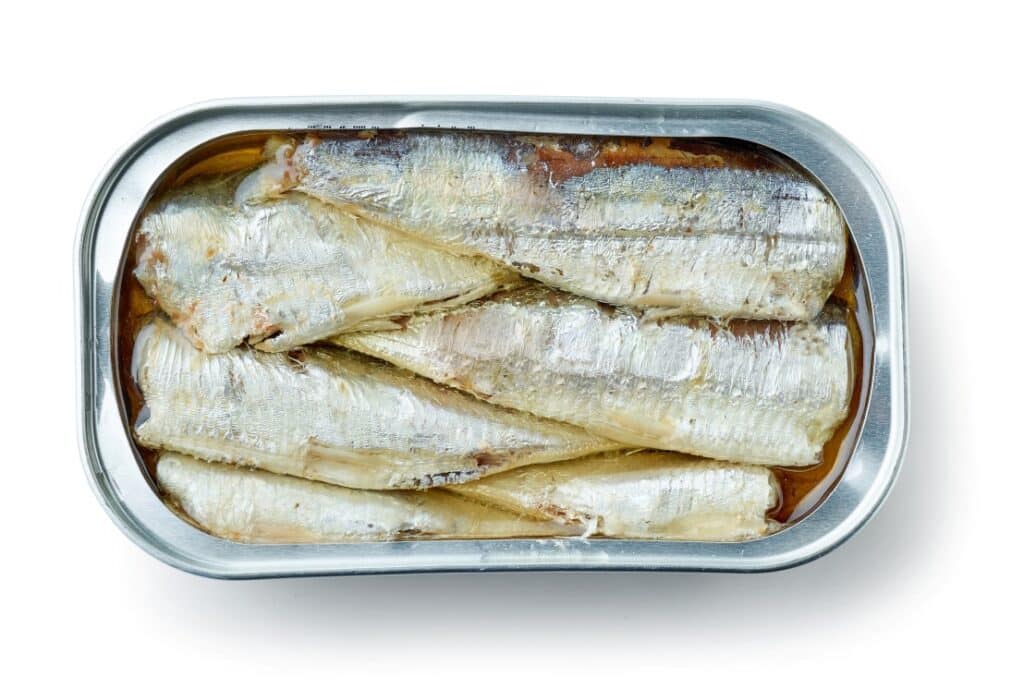
People usually avoid sardines because they have a strong smell and oily texture. But most of the problem comes from choosing the wrong kind of sardines. Good sardines make all the difference. Pick canned sardines that are boneless and packed in olive oil. The olive oil helps mellow their strong flavor, and going boneless makes them much easier to eat.
Another key is adding bright, fresh flavors to cut through the richness. Lemon juice, garlic, capers, or even fresh herbs like parsley or dill work perfectly. Mash sardines lightly with lemon juice and garlic, then spread on toast for an easy lunch. You can also toss sardines into pasta with garlic, tomatoes, and fresh herbs. The pasta absorbs the strong flavors and helps spread them out evenly, so the fish doesn’t feel overwhelming.
Sardines taste much better when you keep things simple and fresh. If you’ve been avoiding them because of smell or texture, picking good sardines and pairing them with bright, acidic ingredients changes everything. Done this way, sardines become something you’ll actually want to eat, rather than something you avoid.
6. Brussels Sprouts
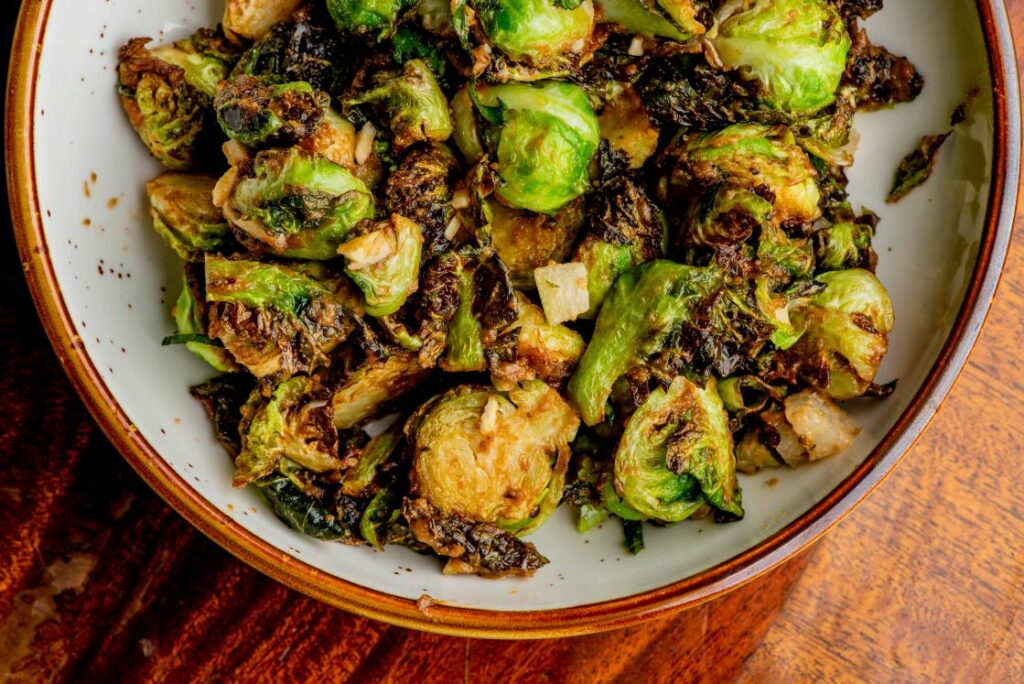
Brussels sprouts usually get passed up because they’re bitter and mushy. But the bitterness and texture problems mostly come from cooking them the wrong way. If you’ve only had Brussels sprouts steamed or boiled, it’s understandable why you’d avoid them. To fix this, slice them very thin or shred them like cabbage. This helps them cook more evenly and become less bitter.
Roasting Brussels sprouts in a hot oven also improves their flavor. The heat caramelizes the outer layers and creates crisp edges, getting rid of that soggy texture.
Besides roasting, you can try something completely different, like pan-frying shredded sprouts quickly in hot oil until crispy. Treat them like crispy onions and use them as a crunchy topping for dishes like salads, pasta, or even tacos.
Another approach is to pair Brussels sprouts with sweeter ingredients like diced apples, dried cranberries, or maple syrup. Sweetness balances the natural bitterness of the sprouts. Combining them with savory or smoky flavors like bacon, sausage, or smoked paprika also helps tone down the bitterness and makes them taste better.
If Brussels sprouts always seemed bitter or soggy to you, slicing them thin, roasting, or pan-frying completely changes their flavor and texture.
7. Cottage Cheese
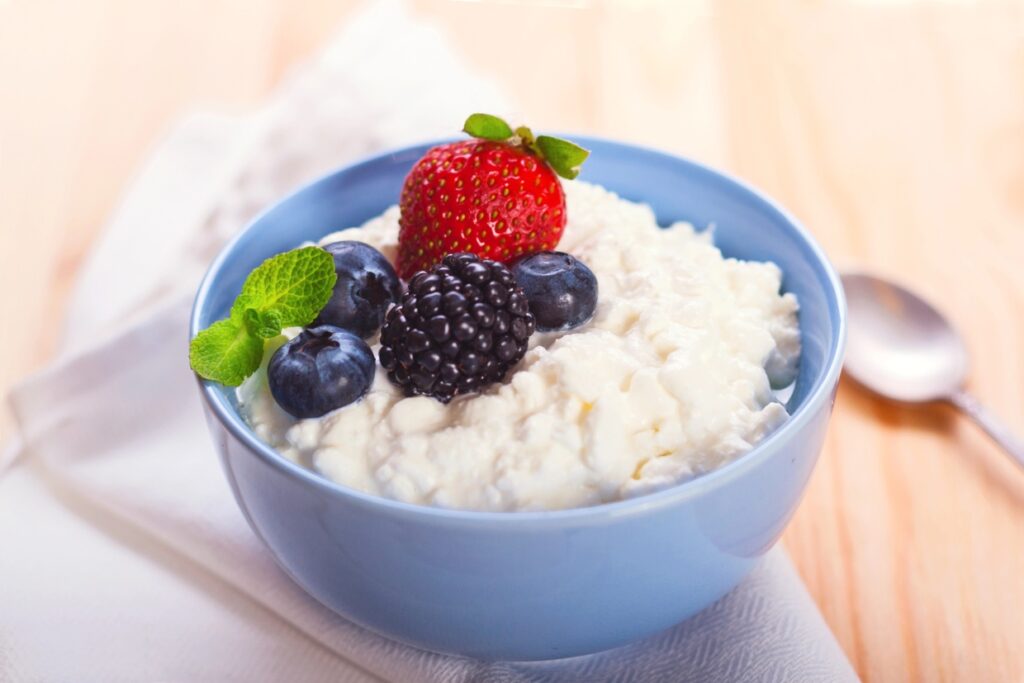
Cottage cheese turns people off mostly because of its lumpy texture and plain taste. The easiest way to get around that is by blending it until it’s smooth. Blended cottage cheese turns creamy and becomes a great base for dips or spreads. You can season it with garlic, onion powder, dill, or even ranch seasoning. It works well as a healthier replacement for cream cheese in savory dishes.
If you don’t mind the texture but dislike the blandness, pair cottage cheese with strong flavors. Fresh fruit like pineapple, berries, or peaches add sweetness and make the cheese taste better. Or, go savory by mixing it with salsa, hot sauce, or chopped green onions.
Cottage cheese doesn’t have to be bland or weirdly lumpy. With the right flavors and preparation, it easily goes from something people skip to something worth keeping around.
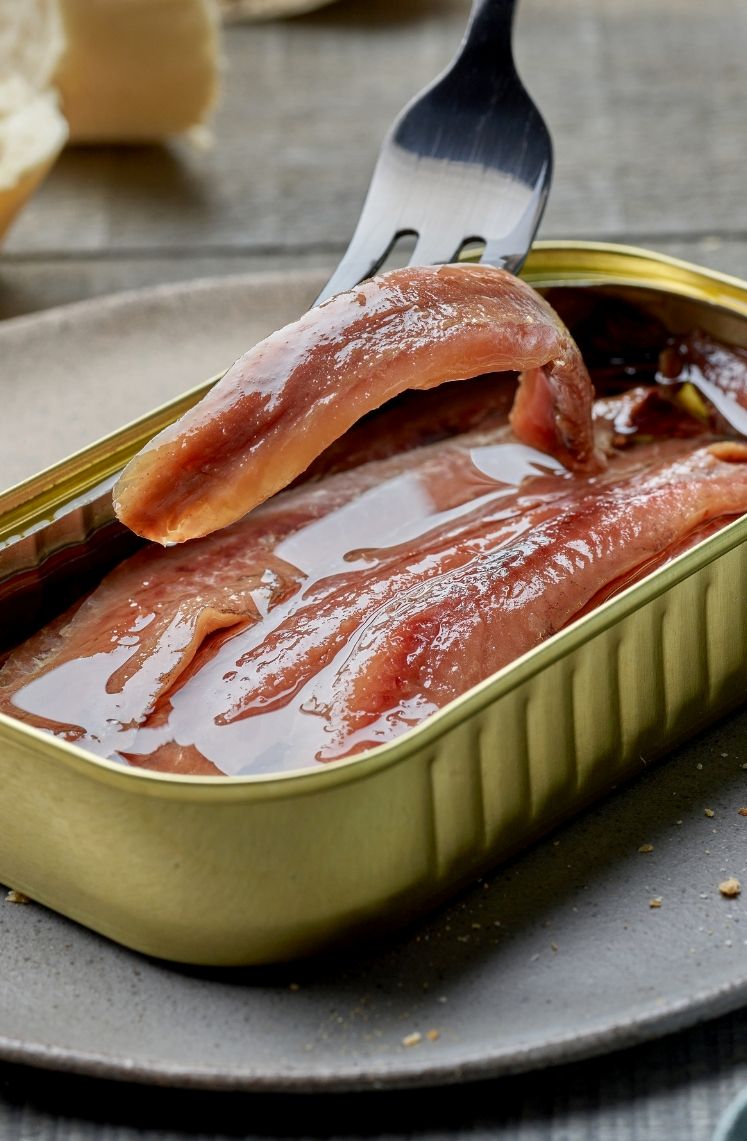

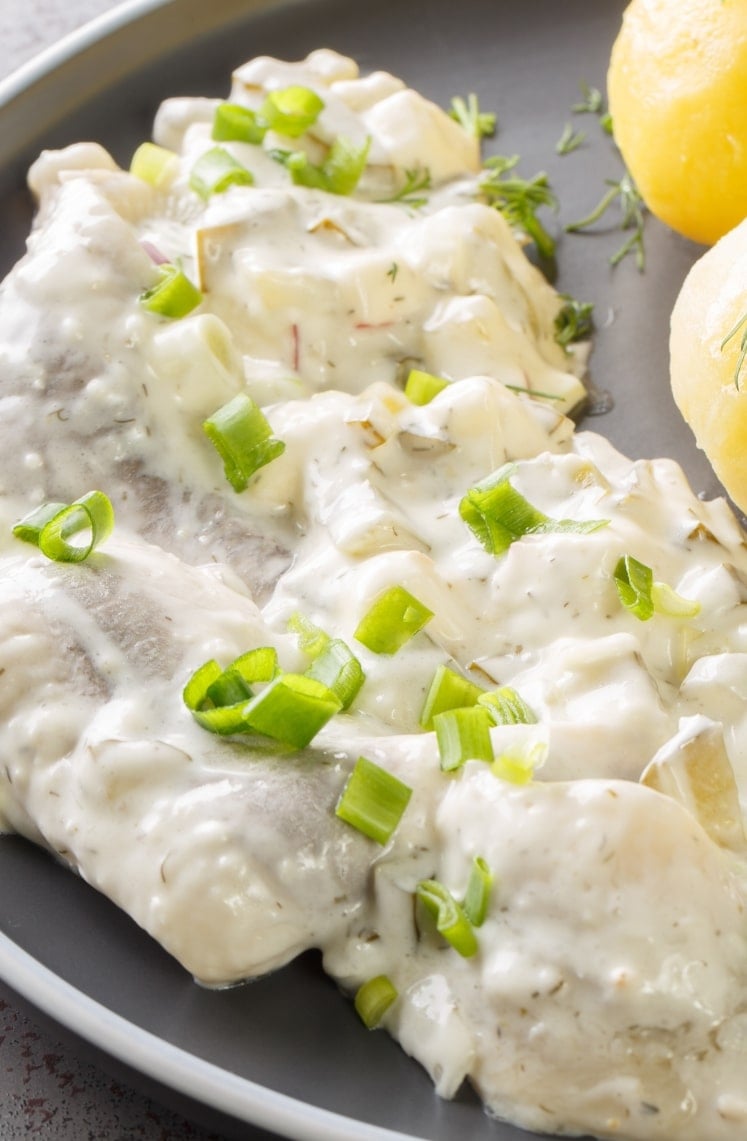


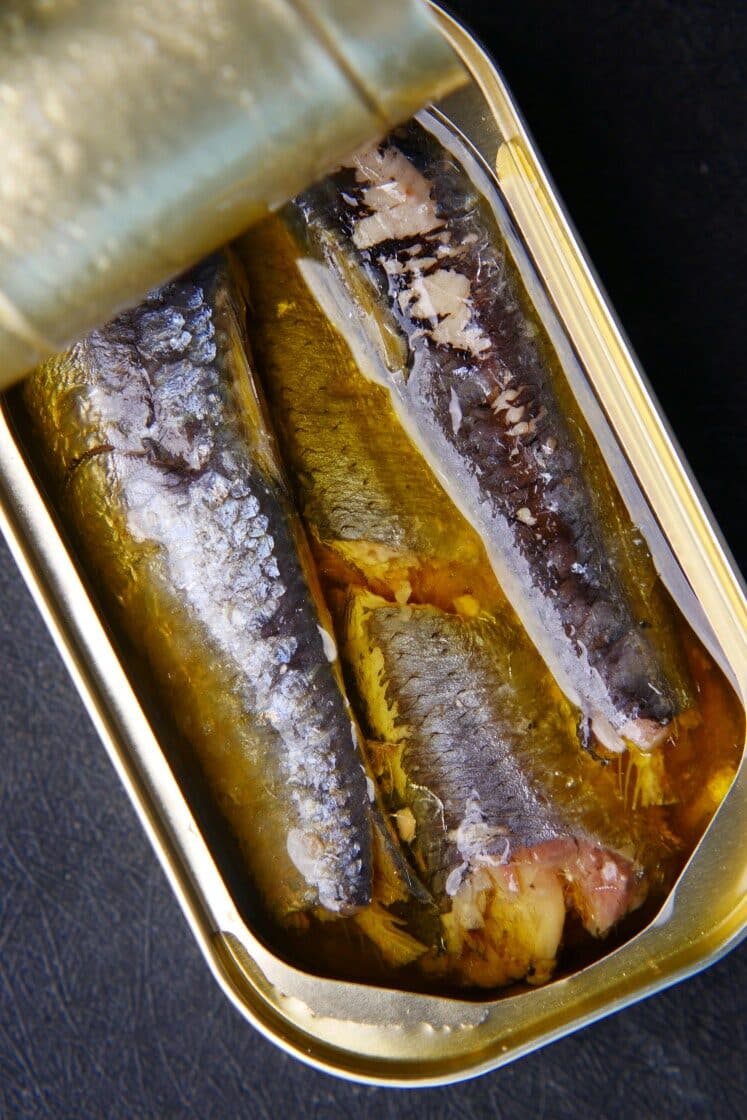



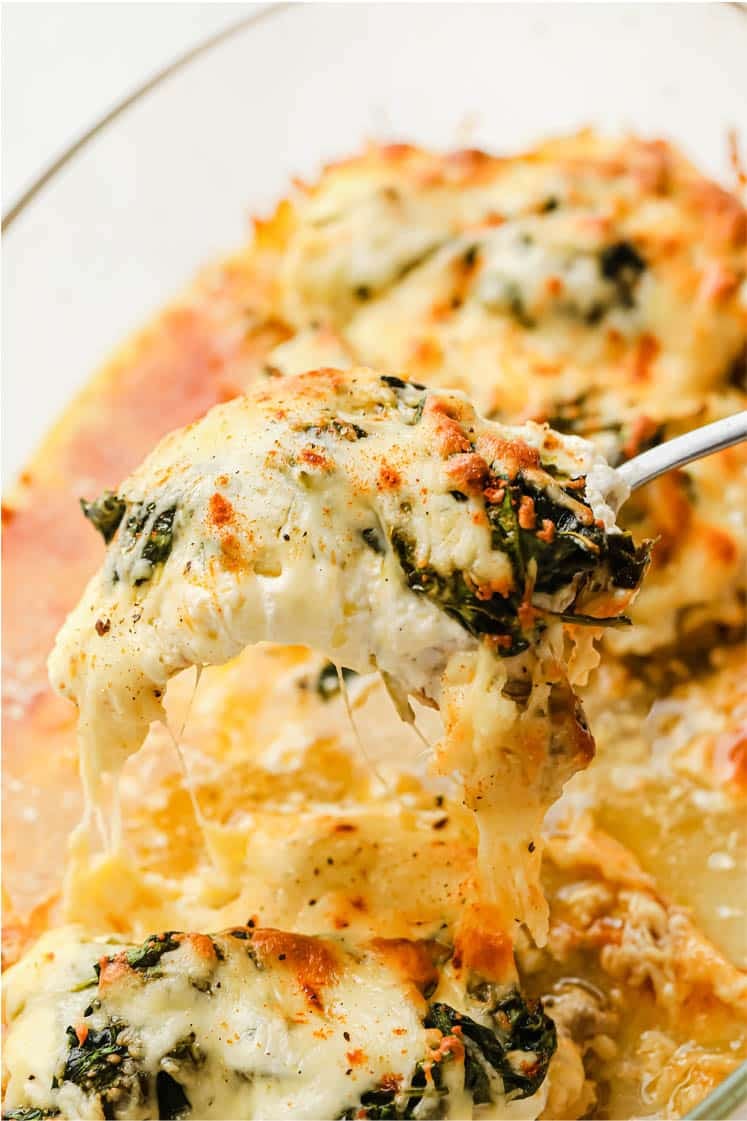
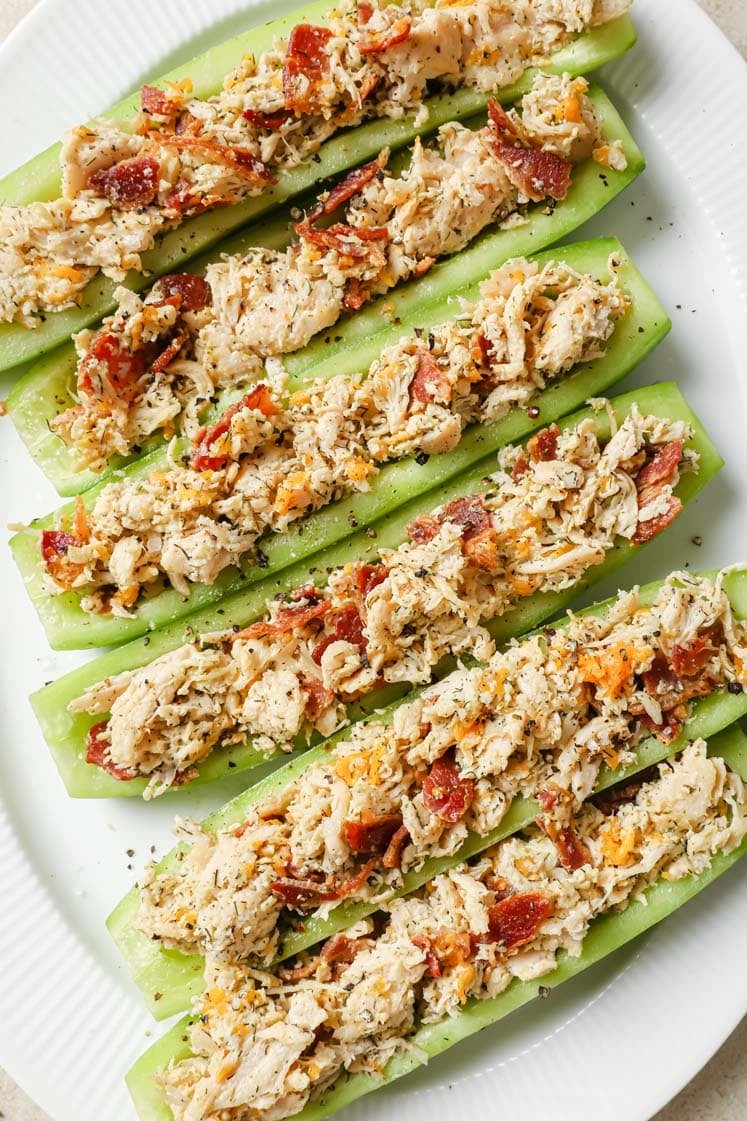
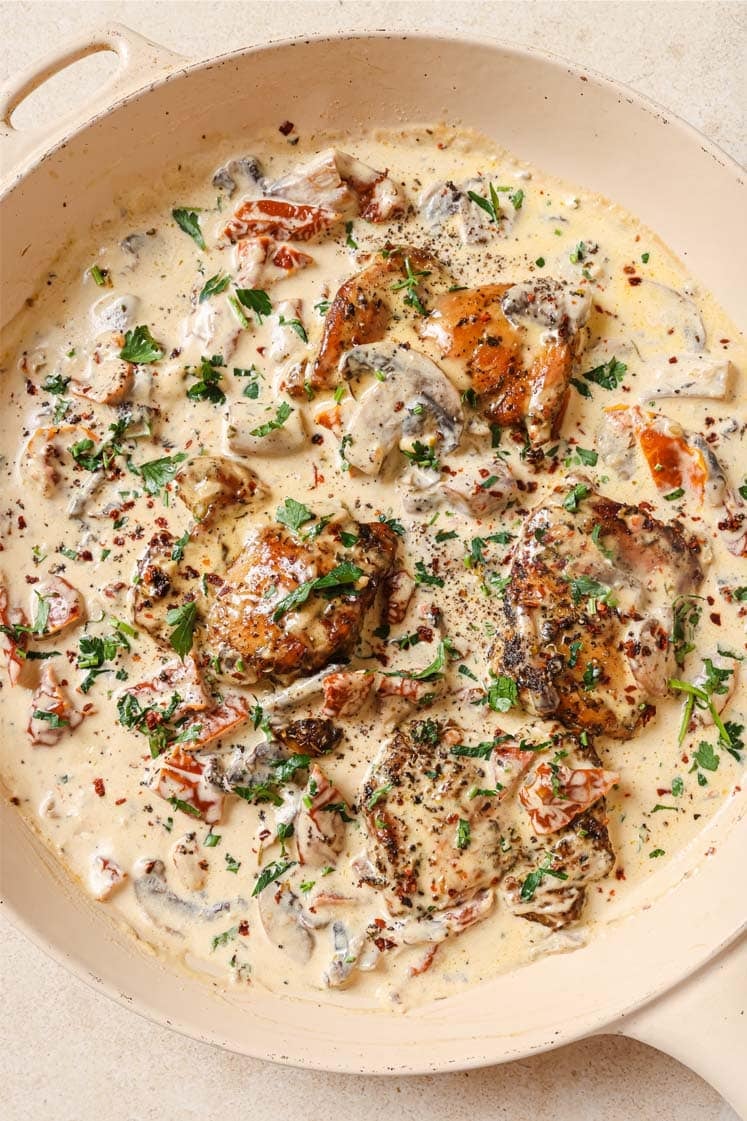


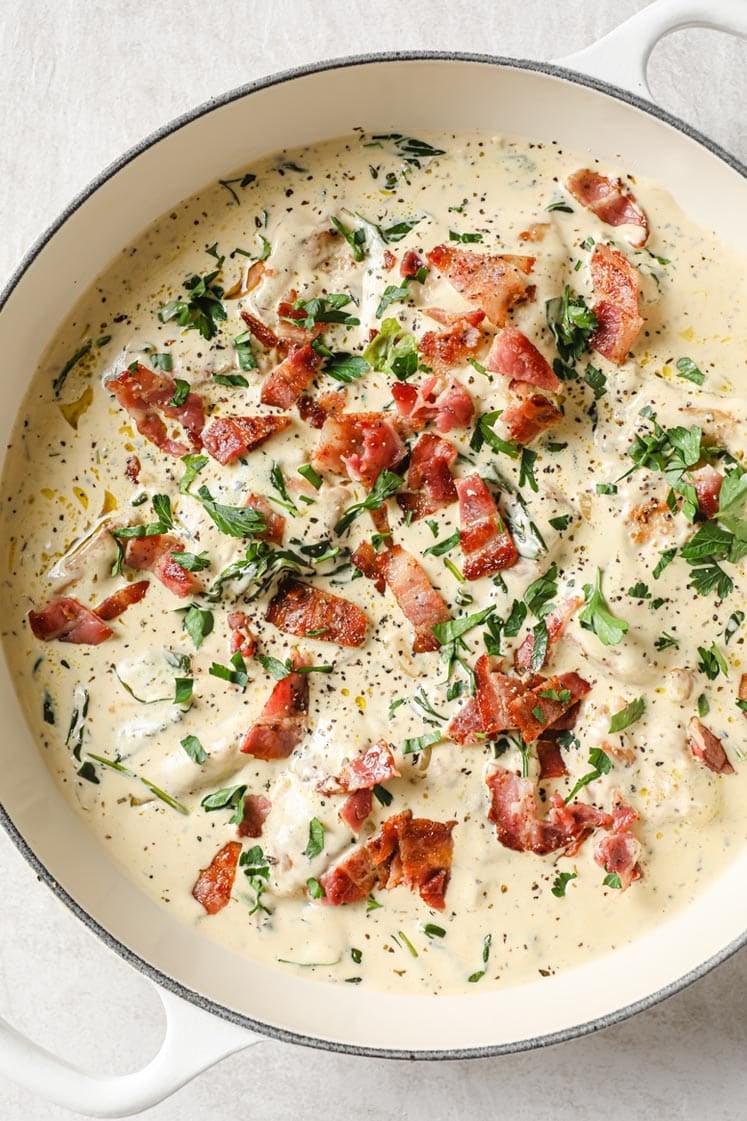

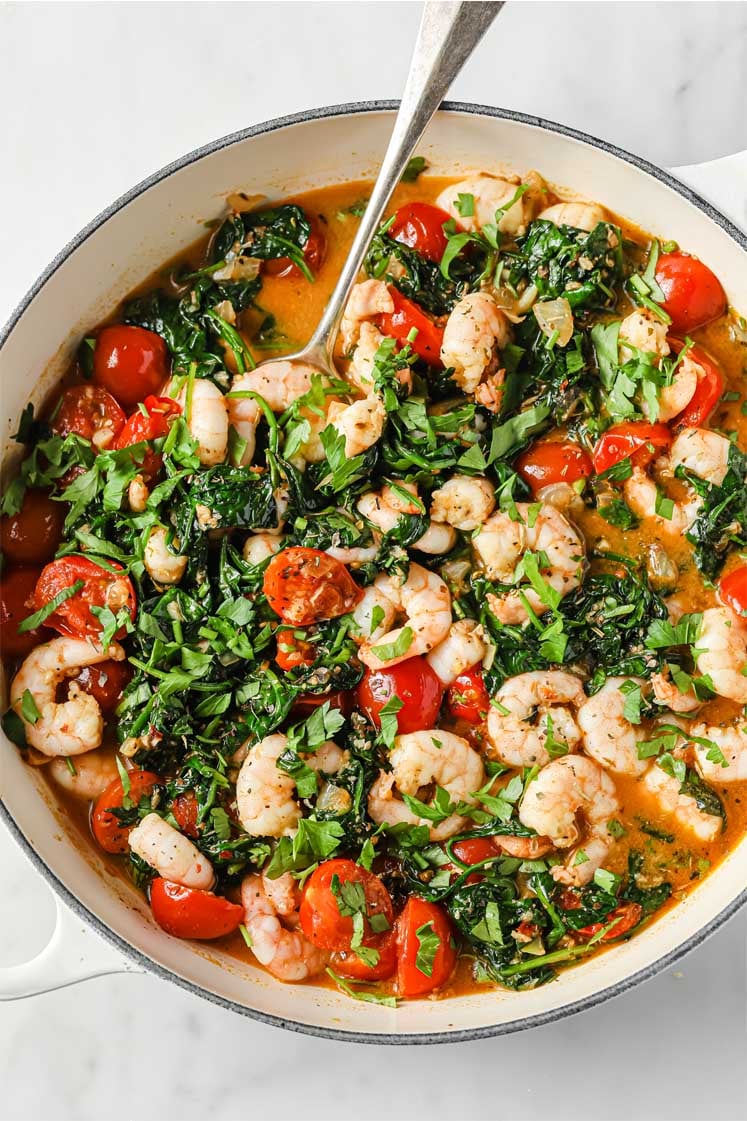

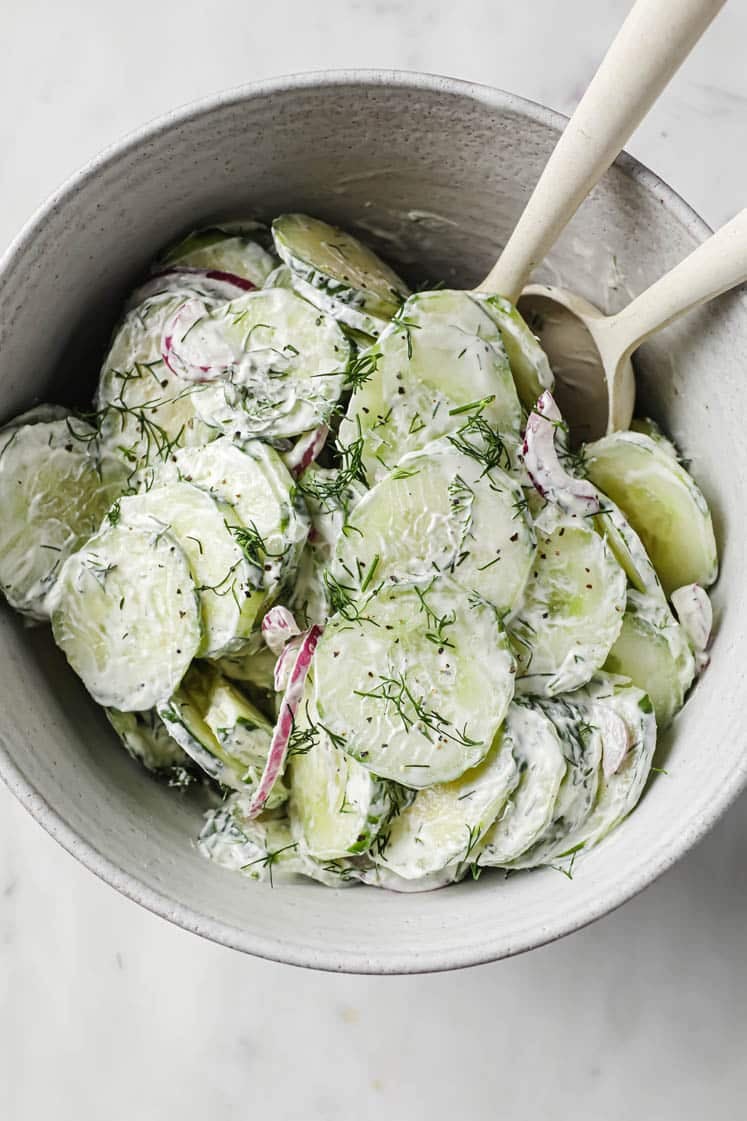









Leave a Reply